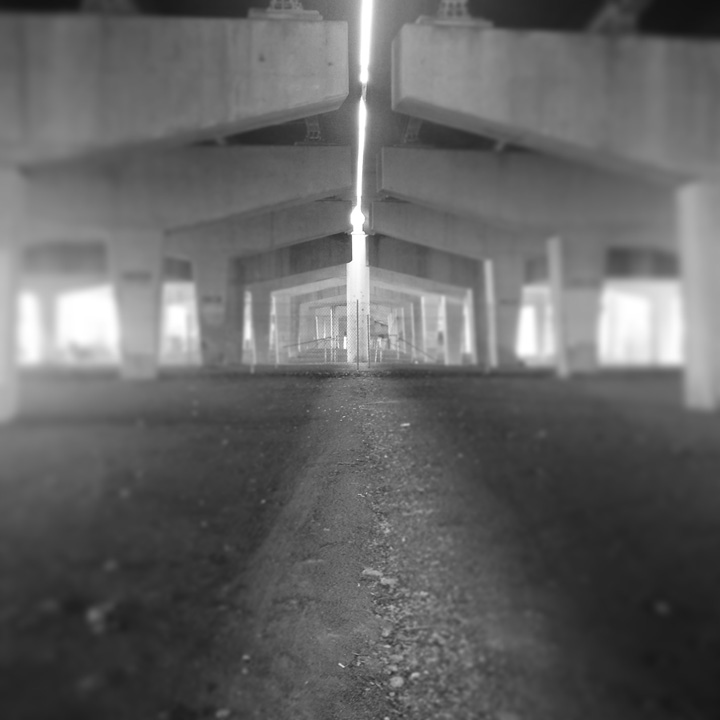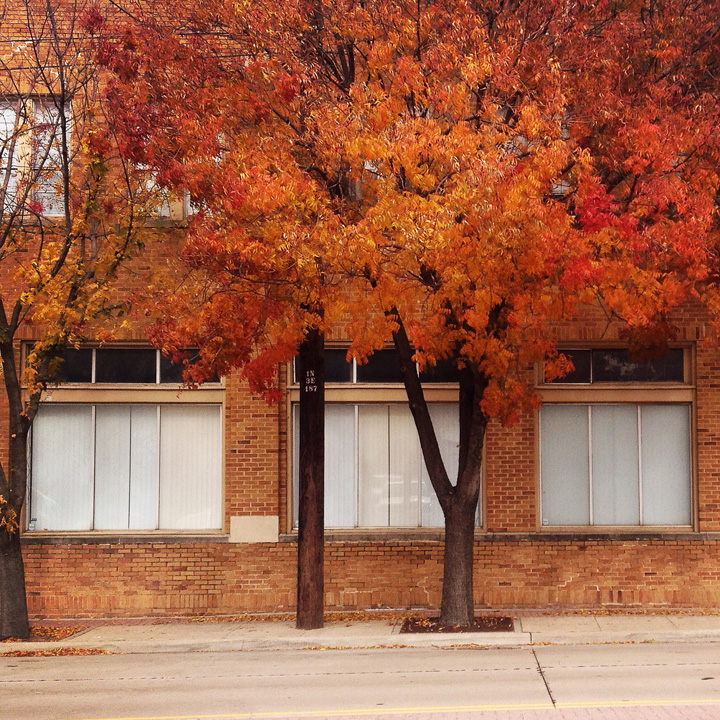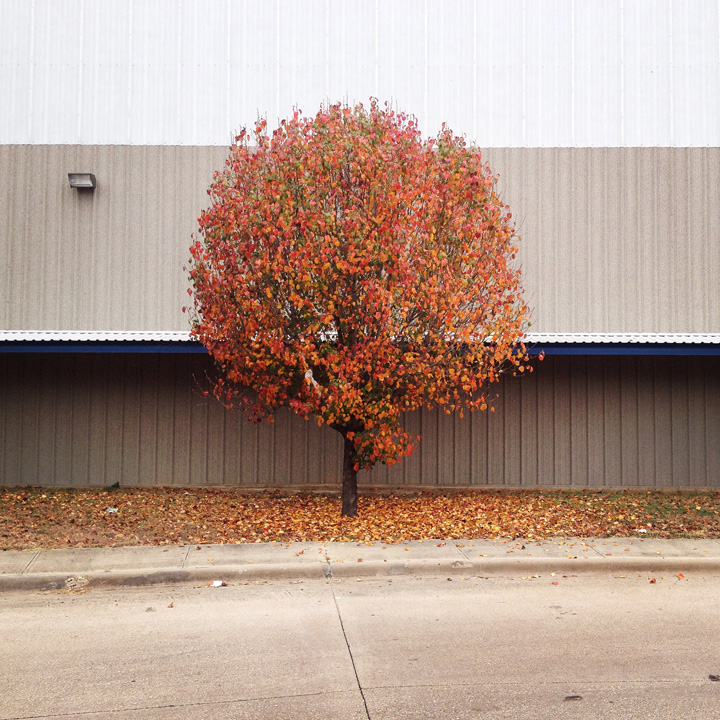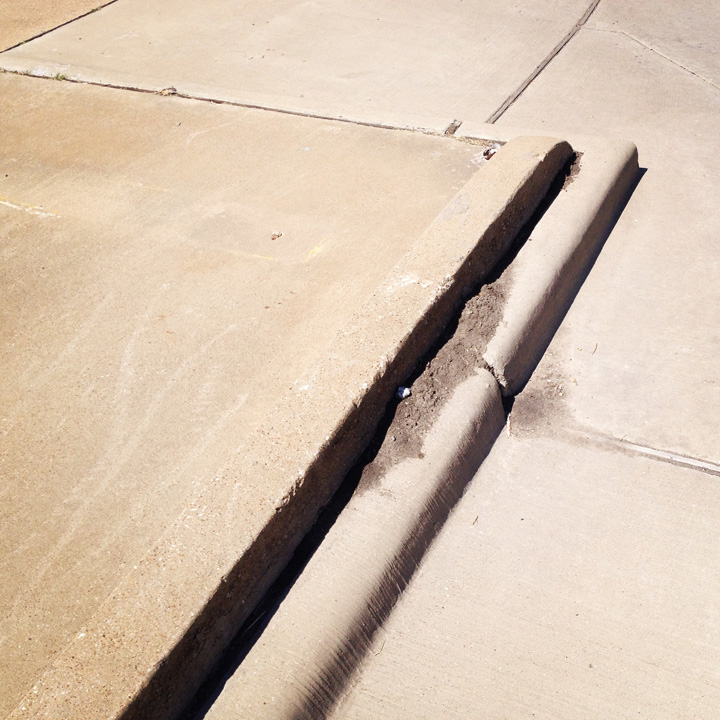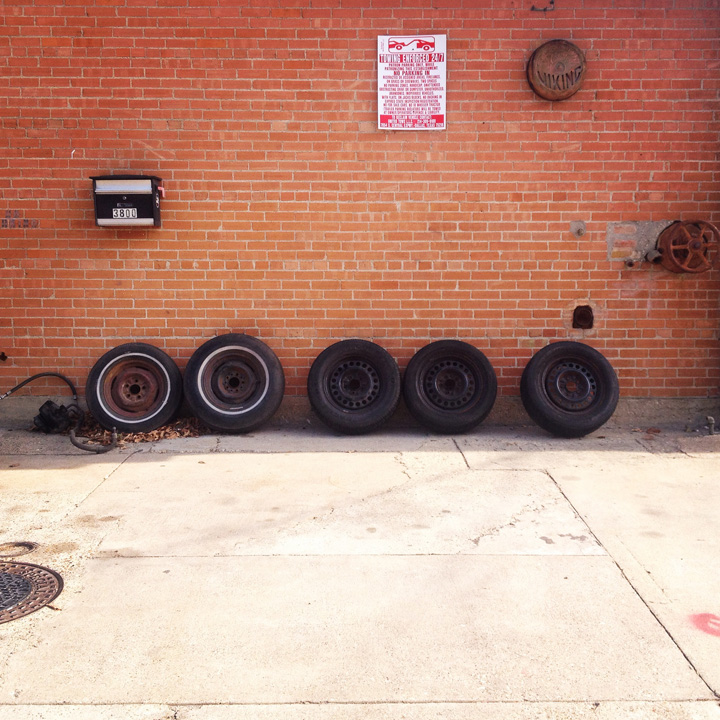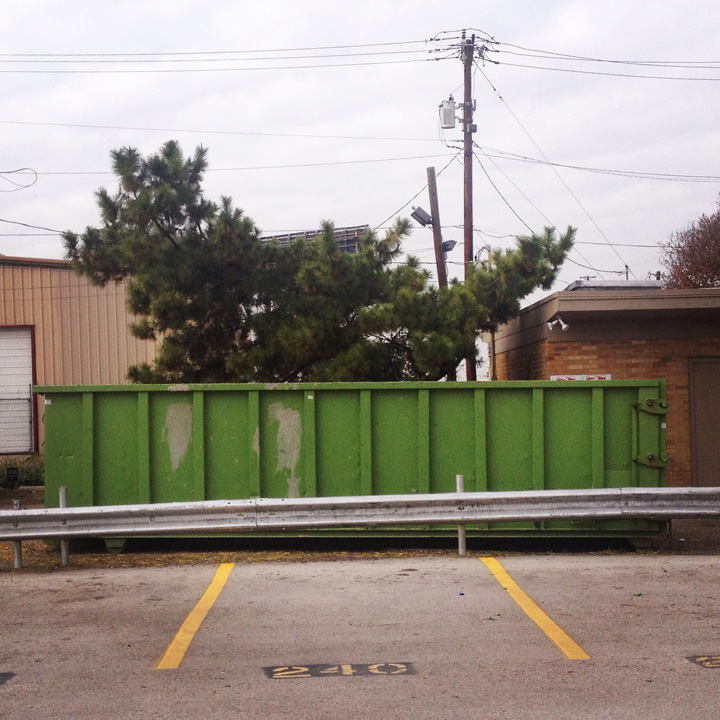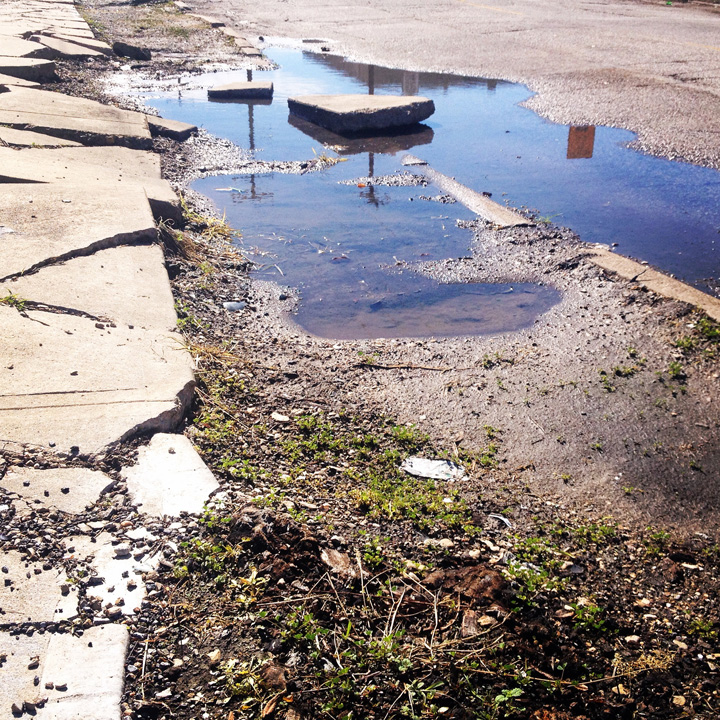Downtown Dallas: Forward Momentum. Video by SkyLVL Altitude Media
You can hear ideas and get inspired about the future, and then you can do something about it.
Wednesday night's Downtown Dallas 360 Plan Kickoff presentation/idea session was the latest effort to gather input from Dallas designers and generally interested people on the future of Downtown Dallas. The general vibe of the evening was full of "re" words: reinvigorate, revitalize, redesign, re-imagine. An opening presentation by MIG principal Daniel Iacofano inspired attendees with visions of what Downtown Dallas could become, and showed precedents in other cities around the world. The creative, colorful imagery of successful and unique spaces around the world that Dallas could emulate -- let's bring that to our city!
Then the audience weighed in, and I started to recognize the familiar refrains. How to make Downtown a world-class destination? We need more walkability, livability, transit options, pedestrian-friendly streets, open spaces, better inner-city schools, and a healthier environment. "Tear down Highway 345", an audience member suggested and was rewarded with applause. "How are we connecting to the Trinity Riverfront?", another said, eliciting more applause from audience members clearly on the same page.
As the comments kept coming, I thought: do I have something to add here? Should I request the mic and mention something about revitalizing Fair Park, or adding more bike share stations? How about the earth-shattering idea of connecting Deep Ellum to Downtown through some sort of pedestrian- and bike-friendly corridor? Might as well not, right? Who in that room, from the big-firm architects to the boutique urban planners and urbanites hasn't heard these ideas tossed around for years, and even put into planning documents? Exactly what were we going to accomplish tonight?
And then someone spoke up from the back of the room with a fresh idea, and I was glad to be there to hear it. "We have all these people, and organizations, with ideas for all of the neighborhoods in and around downtown. How do we communicate between groups to make sure everyone is able to actively participate is making downtown a better place?" Bingo. The first thing I thought was that this guy, whoever he is, has probably been to a lot of the same conferences, lectures, and symposiums that I have. He may have even watched a live-streamed city council meeting or two. He's heard the ideas of revitalizing downtown and making it more livable, and perhaps even knows what downtown could look like at some point in the future. What he's looking for (and, I would argue, many of the planning professionals and "generally interested urbanites" are ready for) is some way to coalesce all of these ideas and put them into action. How can we know exactly what work is happening in Dallas towards that ideal vision?
Image still from Downtown Dallas: Forward Momentum. Video by SkyLVL Altitude Media
It looks like Downtown Dallas 360's re-boot might offer that opportunity. Downtown Dallas, Inc. President John Crawford said early on that the Plan was a "living document". When I downloaded the existing plan earlier Wednesday, I couldn't tell; it looked like a static .pdf document to me. This new kickoff meeting was an opportunity not only to gather ideas when there is hardly anything new to say, but it was a chance to get the interested parties in the same room. Can we rally around not a document (a static Plan with a capital "P"), but around a more open catalog of ideas open to input and change as a true "living" plan?
I certainly look forward to see how the Downtown Dallas 360 Plan is not only updated and re-booted (it will be up for City Council adoption in the summer of 2016), but how all of us design professionals and "generally interested people" can come together to see it through.
READ MORE:
Downtown Dallas 360 Plan [pdf]
The new Downtown Dallas 360 Web Site
The moment has come for downtown Dallas [March 2015]
Why Investors are Flocking to Downtown Dallas [Sept 2014]
New projects will bring more workers, residents to downtown Dallas' West End [June 2015]



